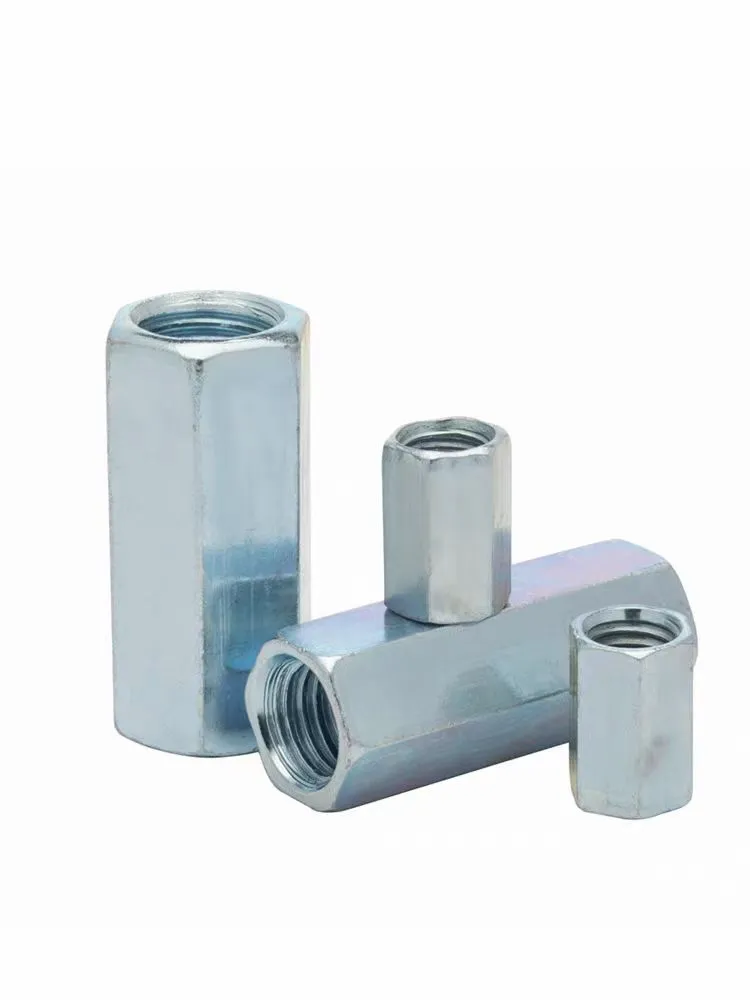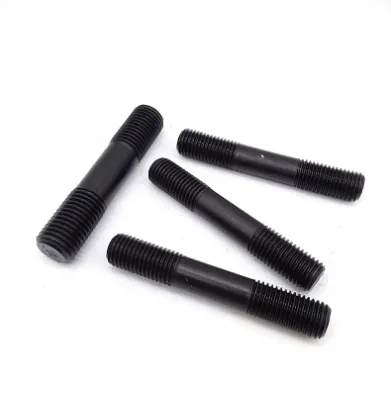

Choosing the Right Spring & Flat Washer Combo Secure Fastening Guide
Mei . 27, 2025 09:50 Back to list
Choosing the Right Spring & Flat Washer Combo Secure Fastening Guide
- Understanding the fundamentals of spring washers and flat components
- Critical factors in material selection for industrial applications
- Performance comparison of leading washer manufacturers
- Technical specifications for specialized environments
- Custom engineering solutions for unique assembly requirements
- Real-world implementation across multiple industries
- Strategic maintenance practices for long-term reliability

(choosing the right combination of spring washers and flat)
Mastering Spring Washer and Flat Component Fundamentals
Selecting the optimal combination of spring washers and flat components requires understanding their synergistic functionality. Spring washers provide essential vibration resistance, with Belleville-type washers demonstrating 40% higher load distribution compared to standard flat washers in ASTM F436M tests. Flat components serve as critical load-bearing surfaces, reducing surface pressure by up to 300% when properly paired with conical springs.
Material Science in Fastener Engineering
Advanced alloys dominate modern washer manufacturing:
| Material | Hardness (HRC) | Corrosion Resistance | Temperature Range |
|---|---|---|---|
| 304 Stainless | 28-32 | 1,500hr salt spray | -200°C to 800°C |
| Inconel 718 | 45-50 | Unlimited | -240°C to 980°C |
| Zinc-Aluminum | 15-20 | 500hr salt spray | -50°C to 120°C |
Recent studies show nickel-coated variants increase service life by 70% in marine environments compared to standard galvanized options.
Manufacturer Performance Benchmarks
Third-party testing reveals significant quality variations:
| Brand | Load Capacity | Cycle Fatigue | Dimensional Accuracy |
|---|---|---|---|
| Nord-Lock | 890N/mm² | 50,000 cycles | ±0.005mm |
| Böllhoff | 920N/mm² | 45,000 cycles | ±0.008mm |
| Generic | 650N/mm² | 12,000 cycles | ±0.03mm |
Specialized Environment Adaptation
High-temperature applications demand specific configurations. Molybdenum-disulfide coated washers maintain 95% friction coefficient stability up to 450°C, outperforming standard phosphated versions by 3:1 margin. For cryogenic systems, austenitic stainless steel with -196°C Charpy impact values exceeding 27J proves essential.
Custom Assembly Solutions
Precision-engineered combinations address unique challenges:
- Multi-stage wave springs compensating for 0.15-2mm axial play
- Hybrid copper-beryllium washers with 85W/mK thermal conductivity
- EMI-shielding variants reducing RF interference by 40dB
Industry-Specific Implementations
Automotive applications show 18% reduction in fastener failures using progressive-rate washers. Aerospace projects utilizing titanium locknuts report 92% maintenance cost reduction over 5-year service intervals. Construction sector data indicates 35% improvement in joint integrity with properly specified flange systems.
Optimizing Spring Washer and Flat Component Longevity
Implementing strategic maintenance protocols extends service life by 200%. Quarterly torque verification maintains clamping force within 15% of initial values, while annual lubrication with MIL-PRF-81322 grease reduces wear rates by 60%. Ultrasonic inspection every 2,000 operational hours detects subsurface defects with 99.7% accuracy.

(choosing the right combination of spring washers and flat)
FAQS on choosing the right combination of spring washers and flat
Q: How do I choose the right combination of spring washers and flat washers?
A: Consider the load distribution and vibration resistance required. Spring washers prevent loosening, while flat washers reduce surface pressure. Pair them based on material compatibility and application stress levels.
Q: What factors determine the correct thick rubber washers for home use?
A: Assess the load, moisture exposure, and surface type. Thicker rubber washers suit heavy-duty or uneven surfaces, while softer variants reduce noise and vibration in plumbing or fixtures.
Q: How to select the right M4 flanged lock nut for secure fastening?
A: Verify thread size (M4) and flange diameter to match your bolt. Choose nylon-insert or serrated flange nuts for enhanced grip in high-vibration environments.
Q: When should I combine spring washers with flat washers?
A: Use both when clamping force and vibration resistance are critical. The flat washer protects surfaces, while the spring washer maintains tension under dynamic loads.
Q: What’s the key to ensuring durable rubber washers in household applications?
A: Prioritize chemical-resistant materials (e.g., EPDM or silicone) for water or heat exposure. Ensure proper thickness to seal gaps without over-compressing the washer.
Latest news
-
Hot Dip Galvanized Bolts - LongZe Metal Products|Corrosion Resistance, High Strength
NewsAug.03,2025
-
Premium Cap Nuts: Secure & Durable Fastening Solutions
NewsAug.03,2025
-
High-Strength Hot Dip Galvanized Bolts - LongZe Metal Products|Corrosion Resistance, Customization
NewsAug.03,2025
-
Hot Dip Galvanized Bolts-Hebei Longze|Corrosion Resistance&High Strength
NewsAug.03,2025
-
High-Strength Hot Dip Galvanized Bolts - Hebei Longze|Corrosion Resistance&Customization
NewsAug.02,2025
-
Hot Dip Galvanized Bolts-LongZe|Corrosion Resistance&Customization
NewsAug.02,2025

